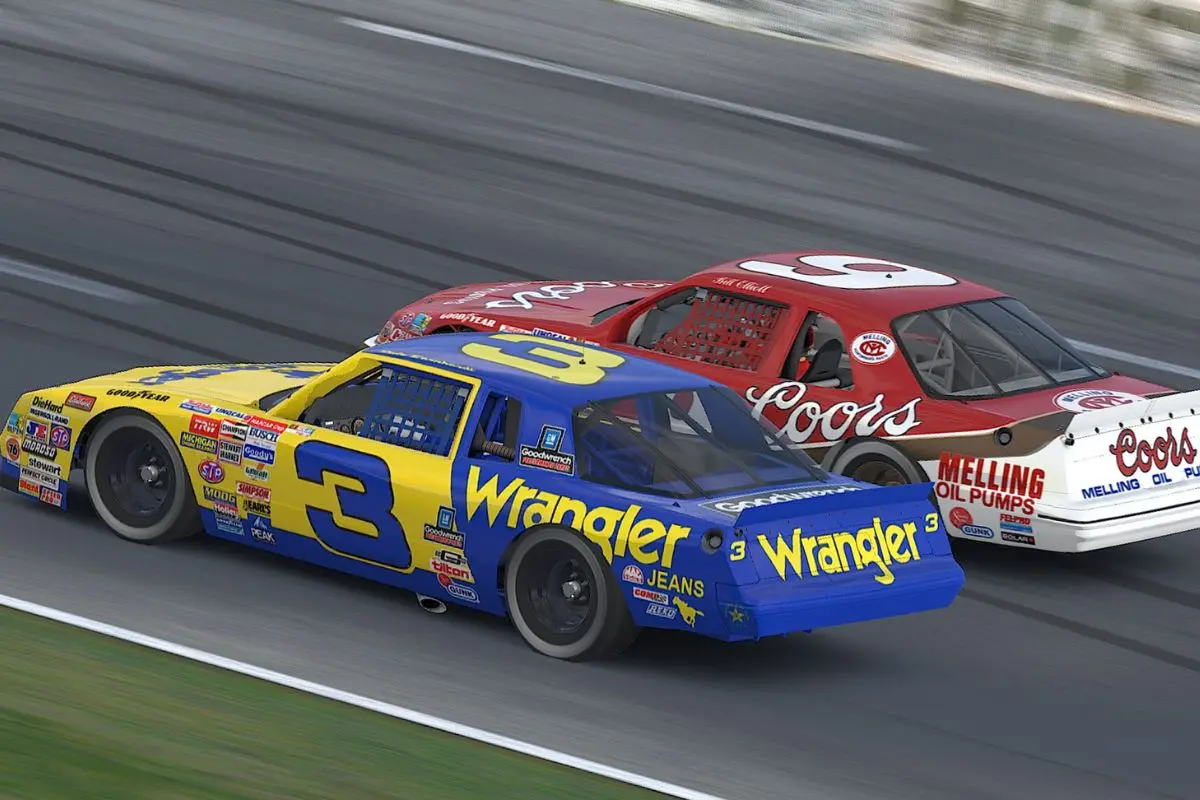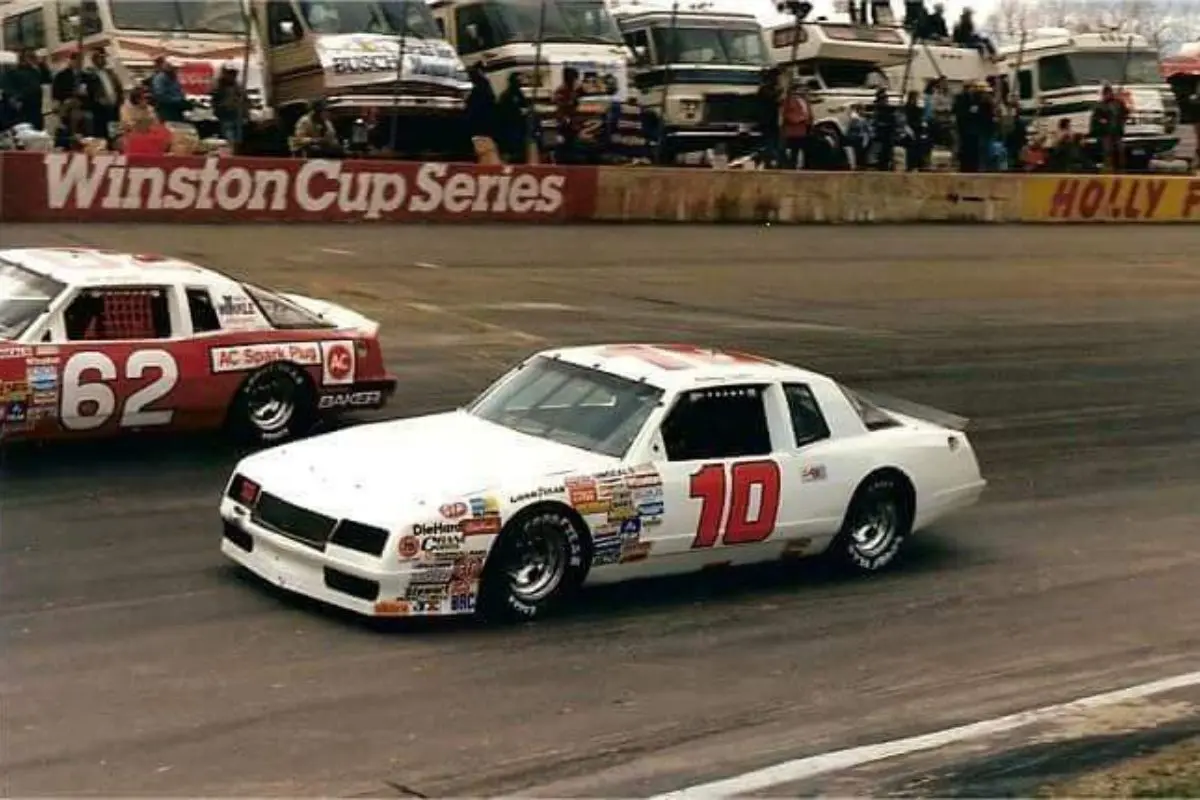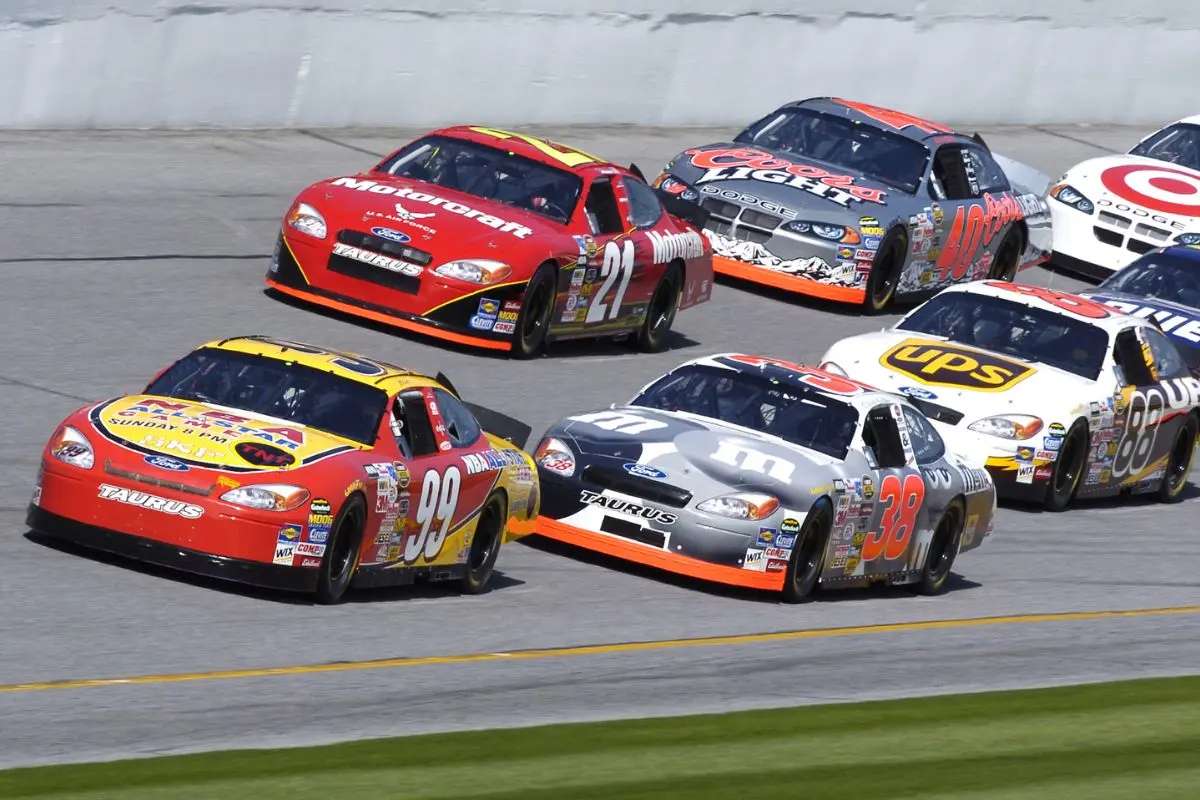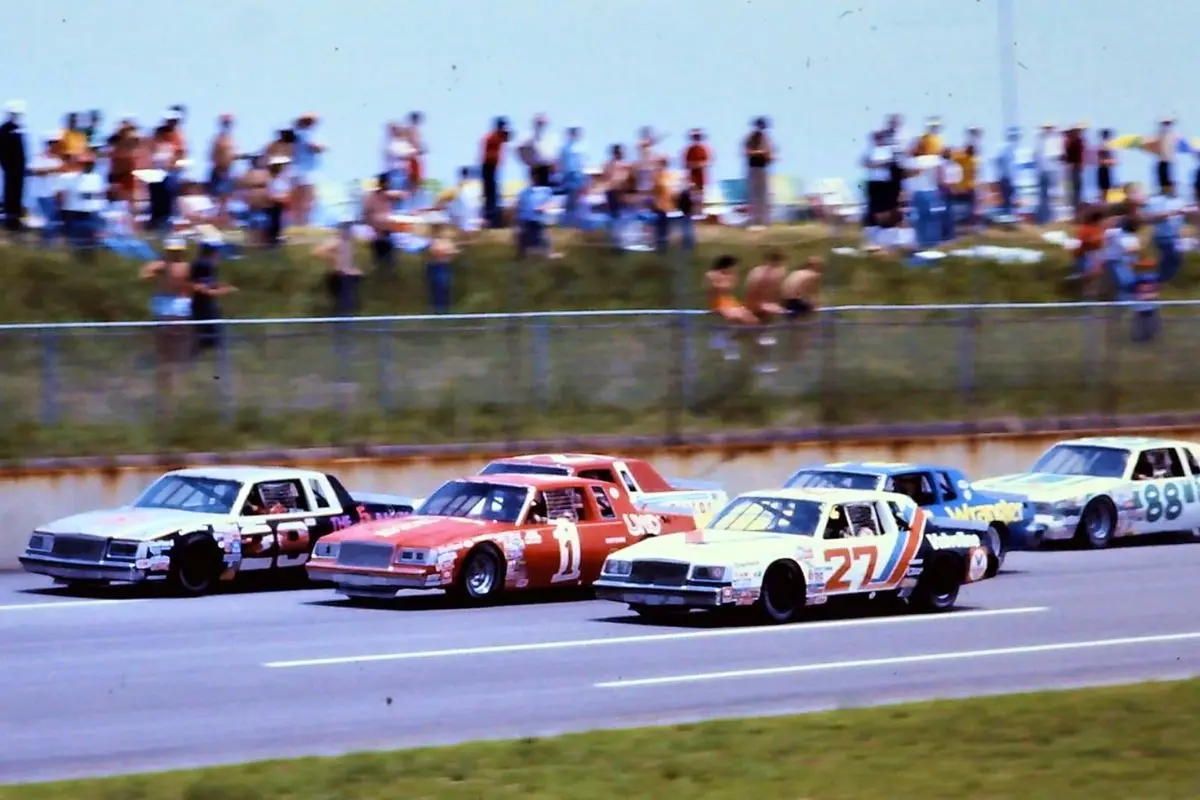The 1980s marked a decade of transformation for NASCAR, where evolving rules defined car design, driver tactics, and team strategies. This period blended raw engineering creativity with emerging safety measures, producing racing that demanded both technical mastery and fearless skill. From tighter engine limits to the first steps toward aerodynamic control, the regulations of this era left an enduring impact on how stock car racing unfolded. The rule book of the 1980s remains a blueprint for NASCAR’s modern balance of speed, safety, and fairness.
Key Highlights
-
Engine displacement capped at 358 cubic inches while carburetors remained the standard fuel system.
-
Teams enjoyed more freedom in chassis and body construction compared to today’s tightly regulated Next Gen cars.
-
Aerodynamic experiments triggered the famed “aero wars,” prompting new rules to control speeds.
-
Restrictor plates debuted in 1988 at Daytona and Talladega to curb excessive velocity.
-
Pit road speed limits and wave-around rules common today were not yet part of race procedures.
Vehicle Specifications and Team Ingenuity
NASCAR’s 1980s rule book defined key limits but still gave teams space to innovate. Engine size was capped at 358 cubic inches, ensuring cars remained powerful but not uncontrollable. Carburetors remained the primary fuel delivery method, contrasting with the fuel injection systems adopted decades later. While modern Next Gen regulations tightly restrict fabrication, teams in the 1980s could modify suspension setups, engine internals, and chassis design to chase performance gains. That freedom created a competitive landscape where well-funded teams could exploit every detail, while smaller outfits often struggled to keep pace.
The 1980s allowed builders to find speed through ingenuity rather than templates, rewarding teams that pushed the limits within the rules.
This open-ended environment encouraged bold engineering but also introduced larger performance gaps, creating a clear distinction between powerhouse teams and budget-conscious competitors. The decade demanded mechanical skill and relentless experimentation, qualities that defined the racing culture of the time.

Aerodynamics and the Rise of Speed Control
The 1980s became known for rapid aerodynamic innovation, highlighted by intense “aero wars” among manufacturers. Body modifications aimed to increase downforce and reduce drag, with iconic models such as the Dodge Daytona and Plymouth Superbird influencing early years of the era. NASCAR responded by restricting engine sizes on such dominant aerodynamic designs to maintain competitive balance. Teams experimented with spoiler angles, front air dams, and subtle body tweaks, pushing cars to speeds that tested both driver and machine.
When aerodynamics started taking center stage, we were learning on the fly. Each change meant faster laps and bigger risks.
These advances eventually led NASCAR to introduce restrictor plates in 1988 for Daytona and Talladega, reducing top-end speeds for safety. Unlike today’s sophisticated wind tunnel data and computer modeling, the 1980s relied on trial, error, and seat-of-the-pants feedback from drivers to gauge aerodynamic success. Cars required greater mechanical grip and driver input, making control and precision essential on every lap.
Race Procedures and On-Track Management
Race operations in the 1980s differed sharply from current practices. Pit road speed limits, now standard for safety, were absent until 1991. Crews worked in chaotic conditions as drivers entered and exited pits at full speed, demanding flawless timing and awareness. Caution management was simpler; NASCAR typically used black or red flags to control incidents, and rules such as the free pass or wave-around were not yet introduced.
Without pit road speed limits, every stop carried extra danger, but it also tested the nerve of both crew and driver.
Communication technology was also less advanced. Spotters were becoming essential, yet real-time telemetry and data analysis were minimal. Teams relied heavily on driver feedback and basic radio systems, making strategy more reactive and instinct-driven than the data-rich decisions seen today.

Comparing Eras and Lasting Impact
Today’s NASCAR emphasizes parity and safety with spec-driven Next Gen cars and rigorous procedural standards. The 1980s, by contrast, celebrated mechanical creativity and driver control. Races often showcased wider performance gaps, but also rewarded skill and innovation. The lack of aerodynamic uniformity and the need for mechanical grip placed more responsibility on drivers to manage handling and tire wear.
The 1980s tested every facet of a team—engineering, courage, and adaptability. Modern NASCAR is safer, but the grit of that era still resonates.
While modern fans benefit from tighter competition and advanced safety measures, many still admire the raw intensity of 1980s racing, when every regulatory change could alter the balance of power. The decade’s rules established principles of fairness and safety that continue to guide NASCAR’s evolution.

News in Brief: The 1980s NASCAR Rule Book: How Racing Regulations Shaped Competition
NASCAR’s 1980s rule book set lasting standards by capping engine size at 358 cubic inches, permitting creative engineering, and sparking aerodynamic “aero wars.” Teams exploited chassis freedom while carburetors remained the fuel standard. Restrictor plates arrived in 1988 to slow cars after soaring speeds. Race procedures lacked today’s pit road speed limits, wave-around rules, and advanced communication, requiring drivers and crews to rely on instinct. These regulations defined a rugged era of ingenuity and skill, influencing the modern sport’s mix of safety and competition. Celebrate NASCAR’s heritage and honor the innovations of this pivotal decade.
ALSO READ: NASCAR Legend Mark Martin’s Lost 1987 Ford Discovered by Fan!
